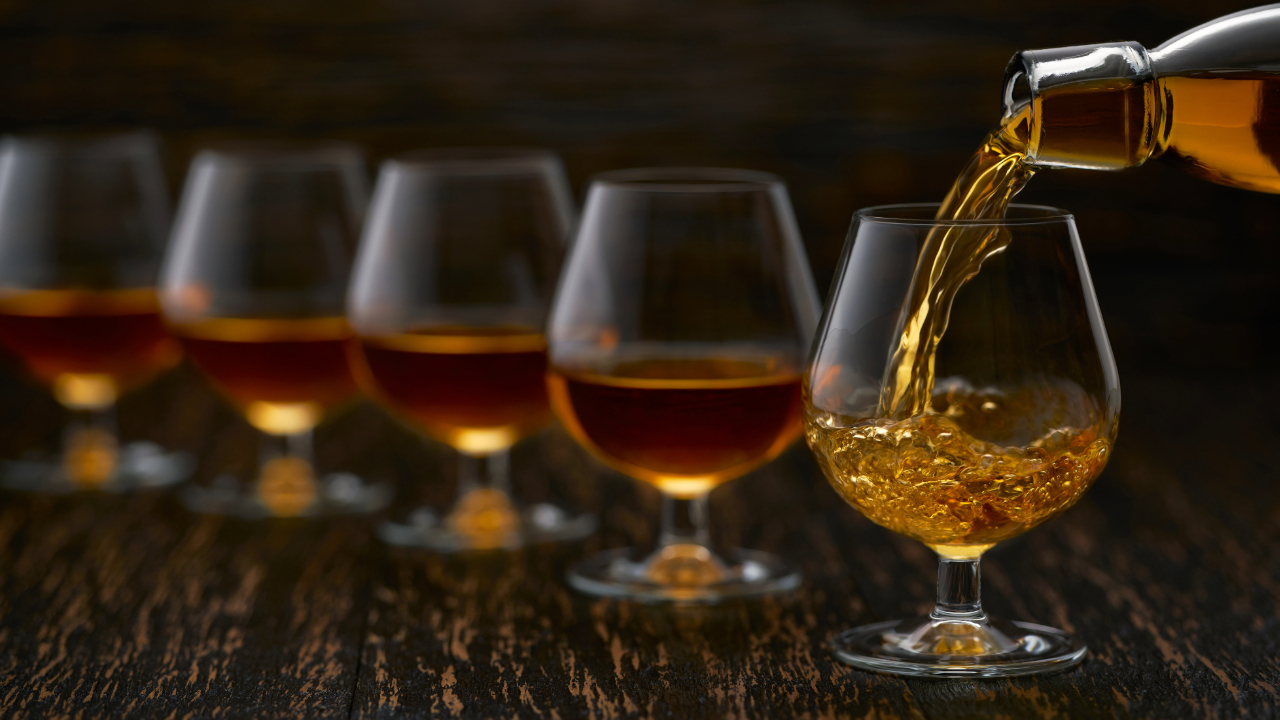Bourbon tasting is a tradition steeped in history and rich in cultural heritage. This storied American spirit, with its roots deeply planted in the heart of Kentucky, carries with it the legacy of generations of distillers. It’s a testament to craftsmanship and the enduring allure of the American landscape.
In the realm of spirits, bourbon occupies a unique space. While the casual sipping of bourbon, whether neat, on the rocks, or as part of a cocktail, offers its own pleasures, the act of tasting bourbon transcends mere consumption. It is an invitation to engage with the spirit on a deeper level, to appreciate the subtleties and nuances that each bottle presents.
The goal of bourbon tasting is not simply to drink, but to discover. Each glass of bourbon is a world unto itself, a sensory experience waiting to be explored. Through careful tasting, one can uncover a complex array of flavors and aromas – from the sweetness of caramel and vanilla to the warmth of oak and spice. This exploration is not just about identifying these elements, but about connecting with the story each bourbon tells.
Remember that the art of bourbon tasting is a journey of discovery. It’s an opportunity to savor the rich tapestry of flavors and aromas that bourbon whiskey offers, and to deepen our appreciation for this quintessential American spirit.
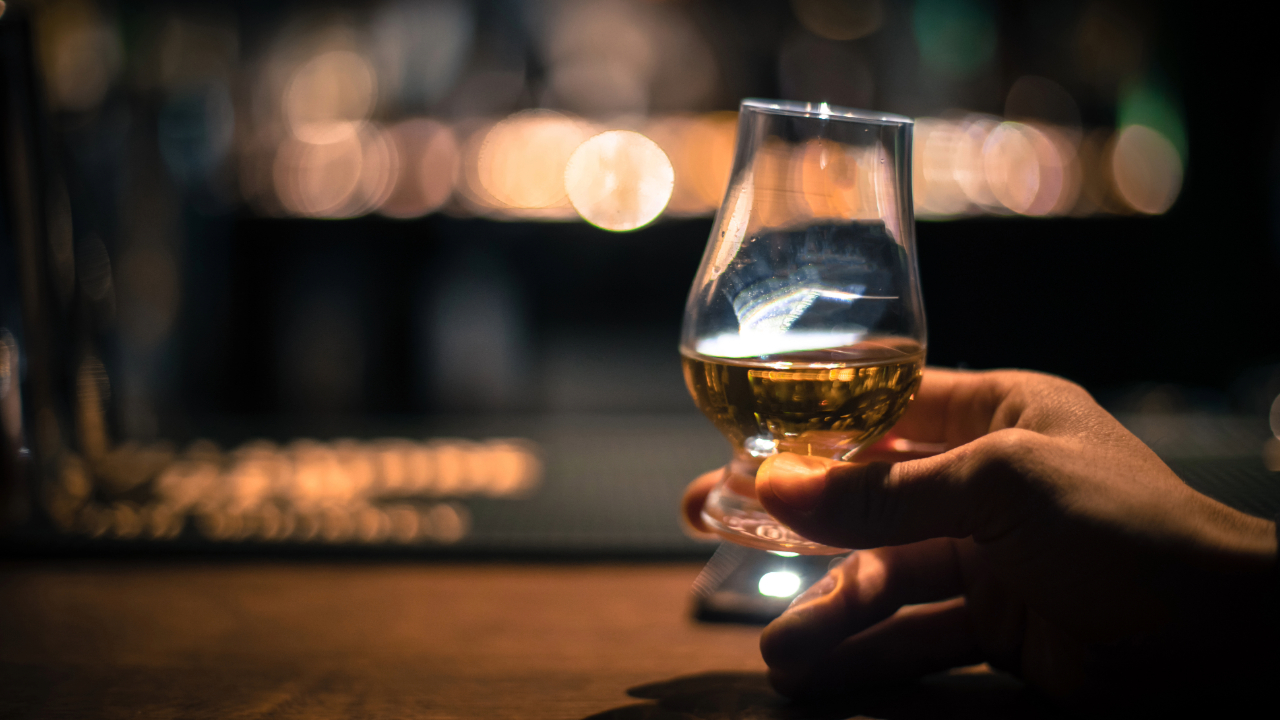
How to Prepare for the Tasting
Embarking on the ritual of bourbon tasting requires an environment that complements the nuanced nature of this esteemed spirit. The setting should be tranquil and devoid of intrusive scents or distractions, creating a canvas that allows the bourbon’s aromas and flavors to paint their stories vividly. This careful selection of space is foundational, providing the serene backdrop necessary for a genuine engagement with each sip.
Central to the tasting toolkit are a few indispensable items, each serving a pivotal role in the tasting narrative:
Essential Bourbon Tasting Items:
- A Collection of Curated Bourbons: Diversity in selection enables a broad exploration of profiles, from the deep, amber-hued veterans to the lively, golden newcomers.
- The Glencairn Glass: Esteemed for its design that magnifies the bourbon’s bouquet, this glass is a vessel that brings you closer to the spirit, enhancing the intimate dance between nose and palate.
- Purified Water: A few drops can unveil hidden dimensions within the bourbon, softening the embrace of alcohol to reveal delicate whispers of flavor previously obscured.
Initiating the tasting with a palate unencumbered by lingering flavors is crucial. It is recommended to indulge in light, neutral snacks or water to cleanse the palate. This resets the taste buds, ensuring they are primed and attentive to the subtle symphony of flavors awaiting in each glass of bourbon. This preparation, both of space and self, sets the stage for a tasting experience that promises not just to taste, but to savor and understand the depth and complexity of bourbon whiskey.
Understanding Bourbon
Diving into the world of bourbon begins with an appreciation of its craft, a journey from grain to glass that imbues each drop with distinct character and complexity. The production of bourbon is a meticulous process, each step carefully calibrated to influence the final flavor profile.
- From Grain to Spirit: The selection of grains forms the foundation of bourbon, with corn, rye, wheat, and barley each contributing their unique flavors. Corn brings a foundational sweetness, while rye adds a spicy note, wheat offers a soft, smooth palate, and barley introduces a hint of nuttiness. This blend, or mash bill, is then fermented, transforming the sugars into alcohol in a dance of yeast and grain.
- The Art of Distillation: Following fermentation, the liquid undergoes distillation, a process that purifies the alcohol, concentrating the flavors. The spirit is then ready for aging, but not before capturing the essence of the grains, a promise of the complexity to come.
- Aging and Complexity: The aging process is where bourbon truly comes into its own. Stored in charred oak barrels, the spirit slowly absorbs the wood’s rich flavors and colors. The level of char on the barrel and the conditions of the storage environment, from temperature swings to humidity levels, play pivotal roles in developing the bourbon’s final taste. A deeper char can impart notes of vanilla and caramel, while the aging process allows for the evaporation of harsher alcohols, mellowing the bourbon and enhancing its sweetness.
- Varieties and Profiles: Bourbon’s diversity is celebrated in its myriad of taste profiles, influenced significantly by its mash bill and aging journey. High-rye bourbons dazzle with their bold, spicy undertones, while wheated bourbons allure with their gentle, sweet disposition. The age of the bourbon further refines its character, with older bourbons offering a deeper, more nuanced complexity, a testament to their years spent in contemplation within the barrel.
Understanding bourbon is to recognize the dedication to craftsmanship at every stage of its creation. From the careful selection of grains to the patience of aging, each step is a testament to the distiller’s art, culminating in a spirit rich with tradition and flavor.
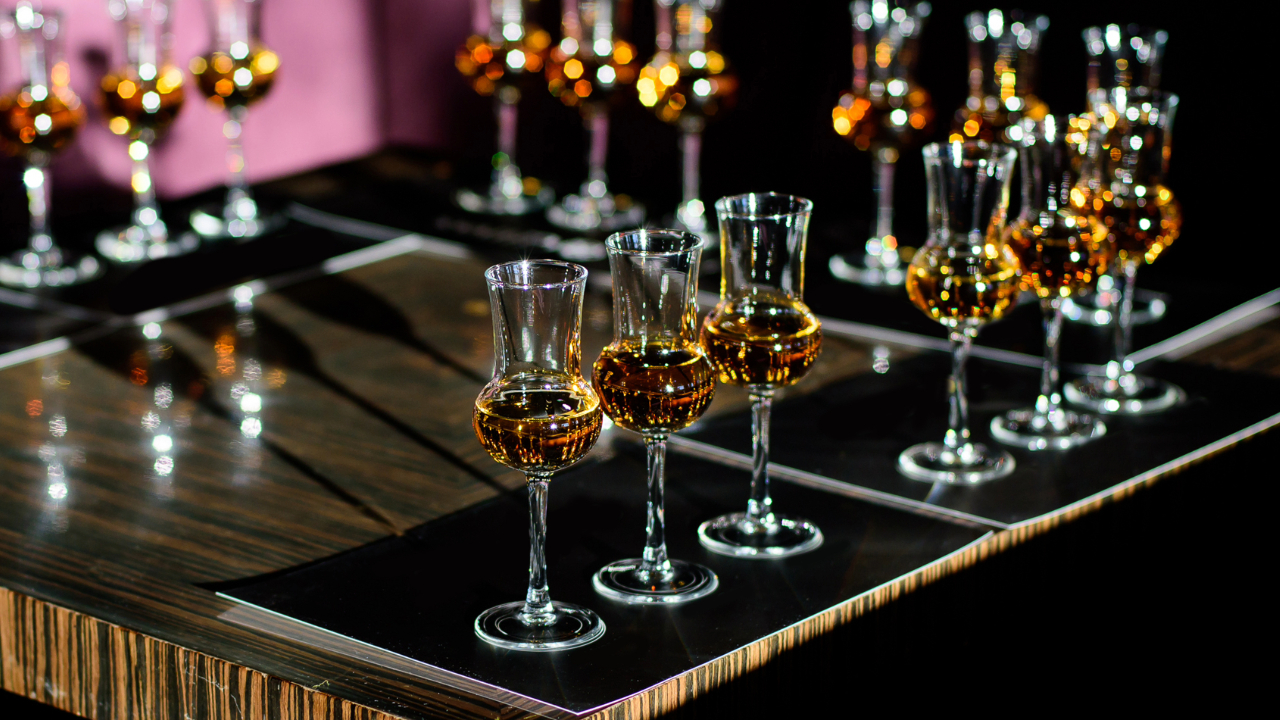
The Tasting Process
The sensory journey of bourbon tasting is akin to unfolding a map to hidden treasures, each step revealing deeper layers of complexity and delight. This chapter guides you through the ritual, ensuring a full appreciation of bourbon’s rich tapestry of flavors.
- Step One: Visual Examination
- Begin by observing the bourbon’s hue, which ranges from light amber to deep mahogany, a visual symphony of its time spent in the embrace of oak. The clarity and color depth offer clues to the spirit’s age and the environment of its maturation. As you gently swirl the bourbon in your glass, observe the ‘legs’ that slowly cascade down the sides. These streaks are not just an allure to the eye but tell tales of the bourbon’s viscosity, alcohol content, and texture, setting the stage for what’s to come.
- Step Two: Nosing
- The art of nosing is essential in bourbon tasting, where the spirit’s soul is first encountered. Approach the glass with lips slightly parted and breathe in gently, allowing the bouquet to ascend without the sharp bite of alcohol. This technique unveils a spectrum of aromas, from the sweetness of vanilla and caramel to the earthiness of oak and the spice of rye. Cultivating a personal lexicon for these scents enriches the experience, turning each nosing into a discovery of the bourbon’s layered complexity.
- Step Three: The First Sip
- Tasting bourbon is an act of patience and attention. Embrace the “Kentucky Chew,” distributing the bourbon across your palate to engage every taste bud. This process awakens the full array of flavors, from the initial sweetness on the tip of the tongue to the spicy or savory notes that may linger at the back. Adding a few drops of water can soften the spirit’s strength, making the subtler notes more perceptible and tailoring the tasting to your preference.
- Step Four: Analyzing Flavor and Mouthfeel
- As you savor the bourbon, reflect on the balance of flavors – the dance between sweet, savory, and spicy elements. The mouthfeel, or texture, of the bourbon, whether silky, creamy, or brisk, contributes significantly to its character. These sensations, combined with the flavor profile, offer insights into the bourbon’s quality, age, and the craftsmanship behind its creation.
- Step Five: The Finish
- The finale of the tasting process is the finish, the lingering impression left by the bourbon after each sip. A long, evolving finish is often the hallmark of a superior bourbon, revealing layers of flavor that unfold long after the liquid has departed. The warmth that radiates gently through you, known affectionately as the “Kentucky Hug,” signifies not just the end of the sip but the lasting memory of the experience.
Through this detailed tasting process, the essence of bourbon is revealed not just as a beverage, but as a narrative of craftsmanship, tradition, and sensory pleasure. Each step is a chapter in the story, inviting a deeper connection with the spirit and enriching the journey of discovery.
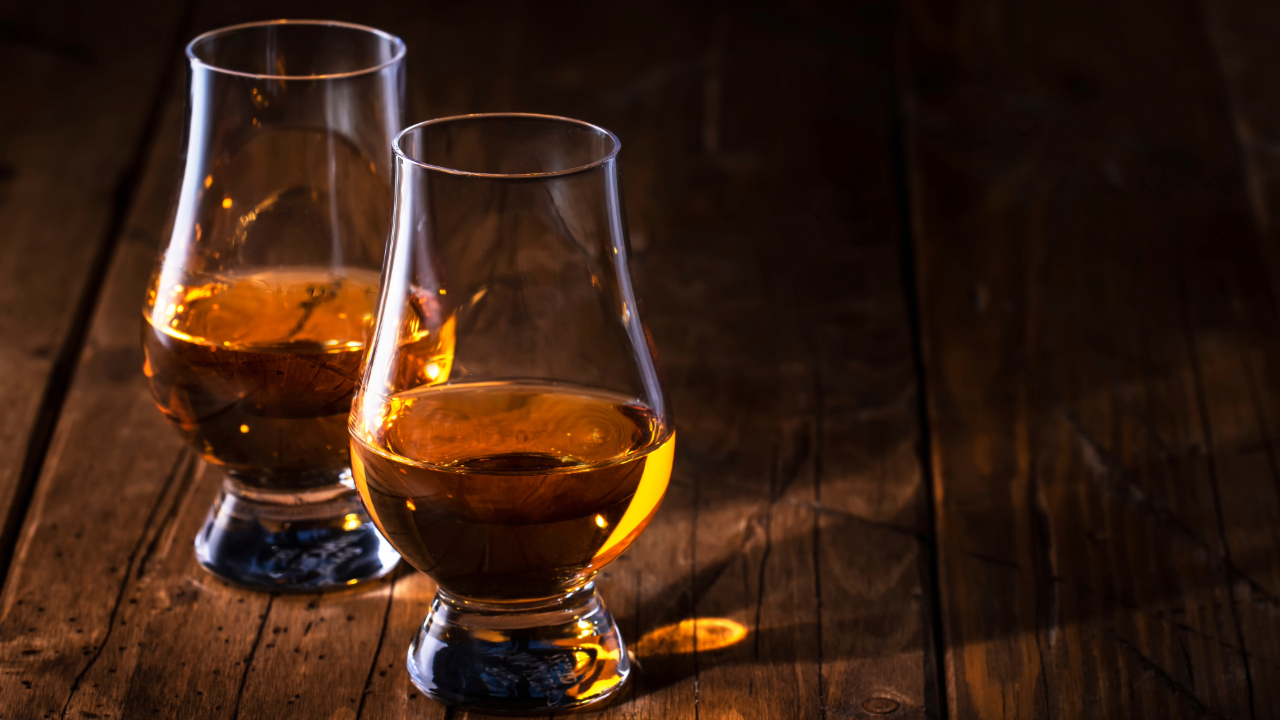
Advanced Tasting Techniques
Delving deeper into the connoisseur’s journey, we explore techniques that unveil the nuanced tapestry of bourbon’s character, elevating the tasting experience to an art form.
- Vertical Tastings: This method invites you to traverse time, comparing bourbons from different years or production batches of the same distillery. It’s akin to flipping through the pages of a distillery’s diary, noting the subtle shifts in character and flavor influenced by variations in the distillation process, aging conditions, or even the barrels themselves. Vertical tastings provide a fascinating glimpse into the evolution of a bourbon’s profile over time, offering insights into the distillery’s narrative and the impact of time on spirit maturation.
- Horizontal Tastings: In contrast, horizontal tastings keep time constant while inviting diversity in geography and technique. By sampling bourbons of the same age from different distilleries, you embark on a sensory journey across the landscape of American whiskey. This approach highlights the influence of terroir, distillation techniques, and mash bills on the bourbon’s final bouquet and palate. Horizontal tastings are a celebration of diversity, showcasing the unique identity of each distillery.
- Experimentation with Water and Temperature: The addition of water to bourbon, even in minute quantities, can dramatically transform its aroma and flavor profile. This technique, often employed by master distillers and blenders, invites you to play the role of alchemist, adjusting the bourbon’s strength to unveil hidden notes and textures. Similarly, experimenting with temperature variations, such as tasting a bourbon at room temperature versus slightly chilled, can alter the sensory experience. These subtle changes can emphasize different aspects of the bourbon’s character, offering a broader palette of flavors and aromas to explore.
Advanced tasting techniques are not merely exercises in sensory analysis but are invitations to engage more deeply with bourbon. They encourage a thoughtful exploration of its history, craftsmanship, and the myriad factors that converge in the creation of this storied spirit.
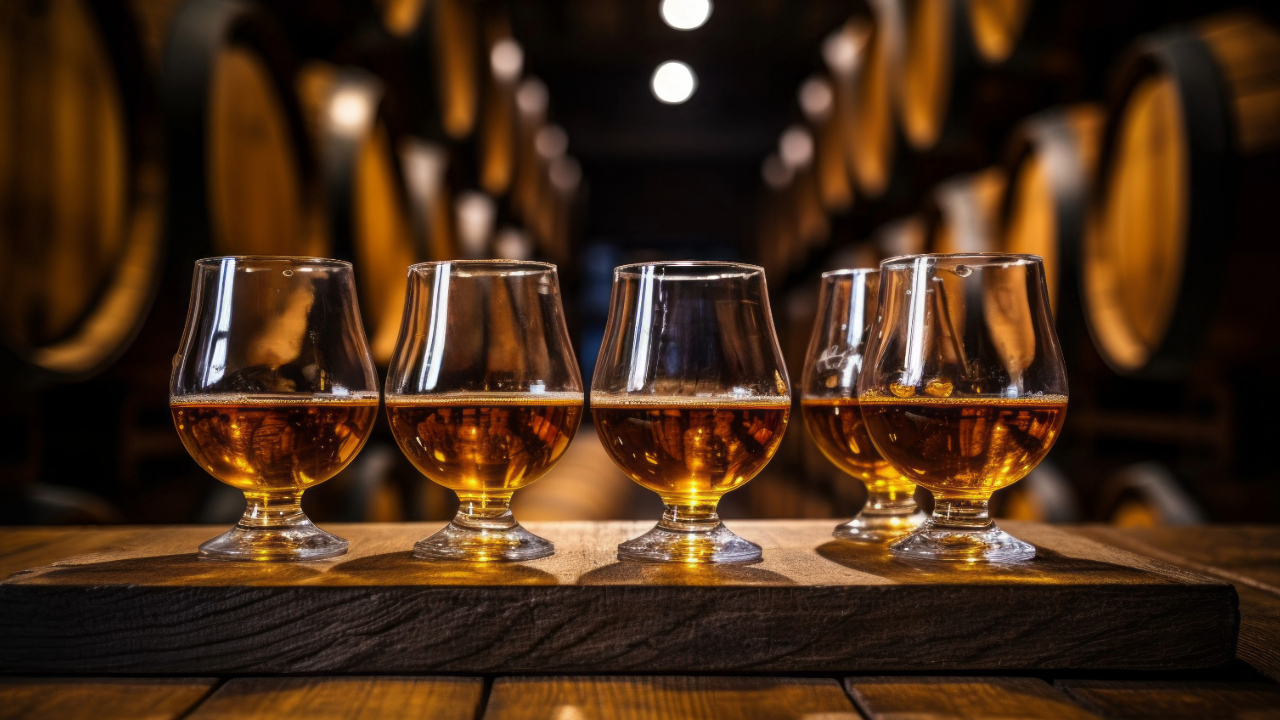
Bourbon Food Pairings and Cocktails
Venturing beyond the neat sips and contemplative swirls, bourbon’s versatility shines in its harmonious relationship with food and its transformative role in cocktails. This chapter is a toast to the spirit’s adaptability, inviting you to explore the culinary landscapes that bourbon can traverse.
- Mastering Food Pairings: The art of pairing bourbon with food is a dance of balancing flavors, where both the bourbon and the dish can shine without overshadowing each other. Consider the profile of the bourbon – its dominant notes of sweetness, spice, or smokiness – and seek out dishes that complement or intriguingly contrast these elements. A bourbon with a pronounced caramel sweetness might harmonize beautifully with a rich, dark chocolate dessert, while one with peppery rye notes could stand up to the robust flavors of barbecued meats. Experimentation is key, as is the willingness to explore combinations that might surprise you, revealing new dimensions of both the bourbon and the culinary creations it accompanies.
- Crafting Bourbon Cocktails: The alchemy of cocktail making allows bourbon to play the lead in classic concoctions and innovative mixes alike. Each ingredient added to the bourbon base serves to highlight or contrast its flavors, creating a beverage greater than the sum of its parts.
- Classic Bourbon Cocktails: Begin with the staples, such as the Old Fashioned, where bourbon’s complexity is accented by the simple sweetness of sugar and the citrusy brightness of orange bitters. The Manhattan offers another time-honored showcase, with sweet vermouth and bitters complementing the bourbon’s depth.
- Innovative Mixes: Don’t shy away from experimentation, crafting cocktails that push the boundaries of bourbon’s traditional profile. Incorporate unexpected ingredients like herbal liqueurs, spiced syrups, or infused waters to craft drinks that surprise and delight. The key is to maintain bourbon’s character as the foundation, allowing its flavors to permeate through the creative additions.
This chapter invites you to view bourbon not just as a spirit to be sipped but as a versatile player in your culinary and mixological explorations. Whether paired with a meticulously prepared meal or mixed into a cocktail that refreshes and intrigues, bourbon stands ready to elevate the experience, proving its worth beyond the glass.
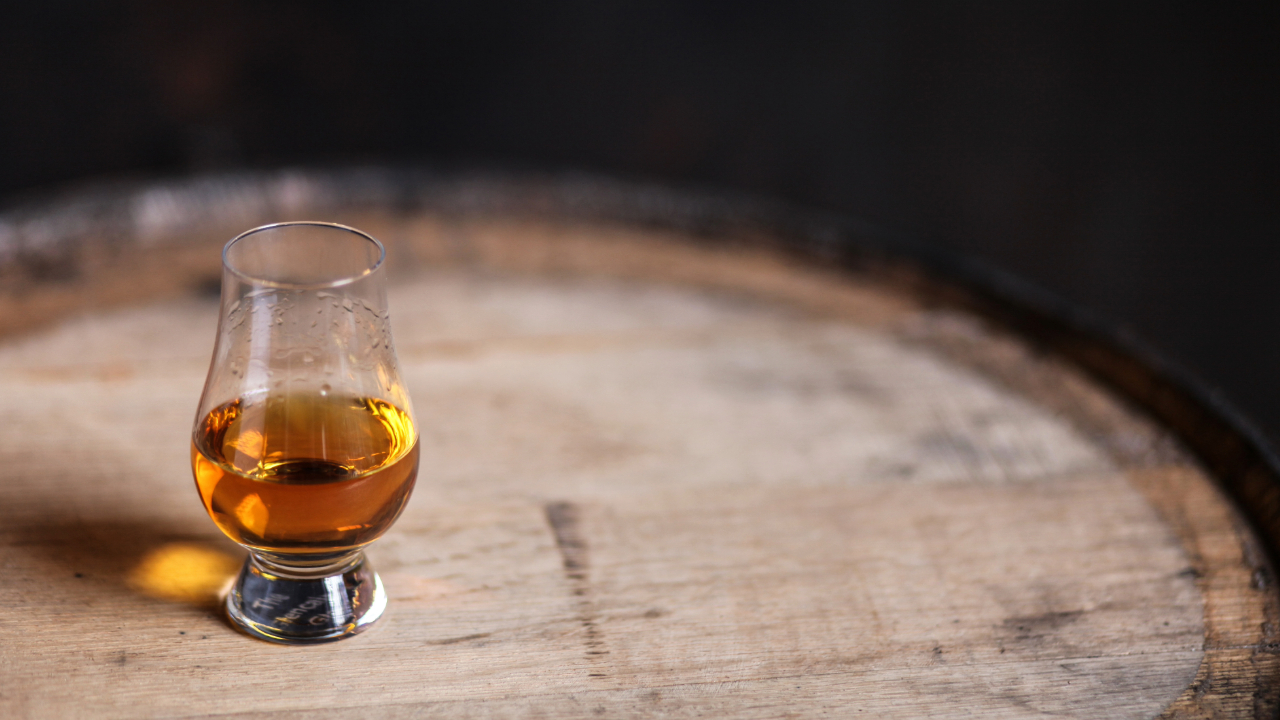
Getting the Most out of Bourbon Tasting
The path to becoming a seasoned bourbon enthusiast is both personal and communal, marked by individual discoveries and shared experiences. This chapter is dedicated to nurturing your bourbon journey, transforming casual sips into a profound exploration of taste, tradition, and camaraderie.
- Documenting Your Tasting Adventures: Keeping a bourbon journal is a practice akin to charting unexplored territories, where each entry is a snapshot of your sensory encounters and reflections. Note the name, age, and distillery of each bourbon you taste, alongside your impressions of its aroma, flavor, mouthfeel, and finish. Over time, this log becomes a treasure trove of personal preferences and surprising discoveries, guiding your future selections and deepening your appreciation for bourbon’s multifaceted nature.
- Forming Tasting Groups: The journey through bourbon’s vast landscape is enriched when shared with fellow enthusiasts. Organizing or joining a tasting group opens the door to collective exploration, where each member brings their unique palate and insights to the table. These gatherings are opportunities to sample a wider array of bourbons, exchange tasting notes, and engage in lively discussions that broaden your understanding and appreciation of the spirit. The communal aspect of these groups fosters a sense of belonging and contributes to the collective wisdom of bourbon aficionados.
- Curating Your Bourbon Collection: As your journey unfolds, you may feel the call to assemble a personal collection that reflects your tasting history and aspirations. Begin with bourbons that resonate with your palate, including both versatile favorites for everyday enjoyment and distinctive bottles that mark special occasions or milestones. Over time, venture into acquiring limited editions and rare releases, which add depth and diversity to your collection. Consider storage conditions to preserve your bourbons’ integrity, keeping them in a cool, dark place away from direct sunlight. Each bottle in your collection tells a story, a reminder of past explorations and a promise of future discoveries.
Embarking on your bourbon tasting journey is an invitation to a world of rich flavors, aromatic complexity, and shared moments. It’s a pursuit that rewards curiosity, patience, and a willingness to explore, offering endless opportunities for learning and enjoyment. Whether jotting down tasting notes, savoring bourbons with friends, or curating a collection, each step on this path enriches your experience, making every sip a testament to the art and soul of bourbon.
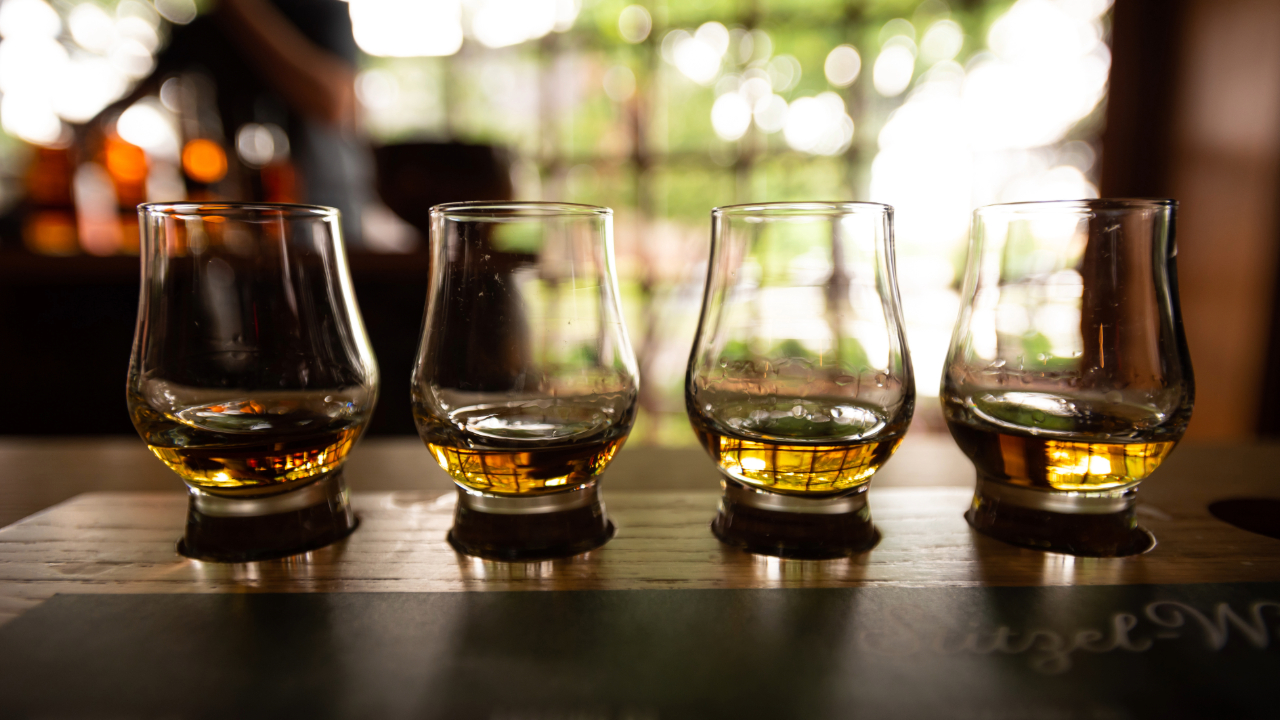
The Continual Discovery of Bourbon Tasting
The voyage into bourbon tasting is an ever-evolving narrative of discovery, learning, and sensory delight. Each glass savored is a chapter in an ongoing story, where the richness of tradition melds with the freshness of new experiences. This journey is punctuated not by a final destination, but by the myriad paths that unfold with every sip, inviting a deeper appreciation for the craft and complexity inherent in this storied spirit.
Embrace this exploration with an open heart and palate, recognizing that the world of bourbon is as vast and varied as the individuals who traverse it. The beauty of bourbon tasting lies in its subjectivity, where each taste, aroma, and finish resonates differently from one person to the next. This personal journey is one of constant learning, where curiosity leads to the discovery of unknown profiles, hidden gems, and unexpected favorites.
As you continue on this path, let the shared wisdom of fellow enthusiasts guide you, but also trust in your own senses to navigate the rich tapestry of flavors bourbon offers. The conversation between you and the bourbon is intimate and personal, a dialogue that evolves with time, experience, and reflection.
In the end, the essence of bourbon tasting is not just about the spirits you encounter but about the moments you create and the memories you cherish. It’s an invitation to savor not just the bourbon, but life itself, with all its complexity and beauty. So, raise your glass to the continual discovery of bourbon tasting, a journey that promises endless enjoyment and surprises, bound only by the breadth of your curiosity and the depth of your enthusiasm.

